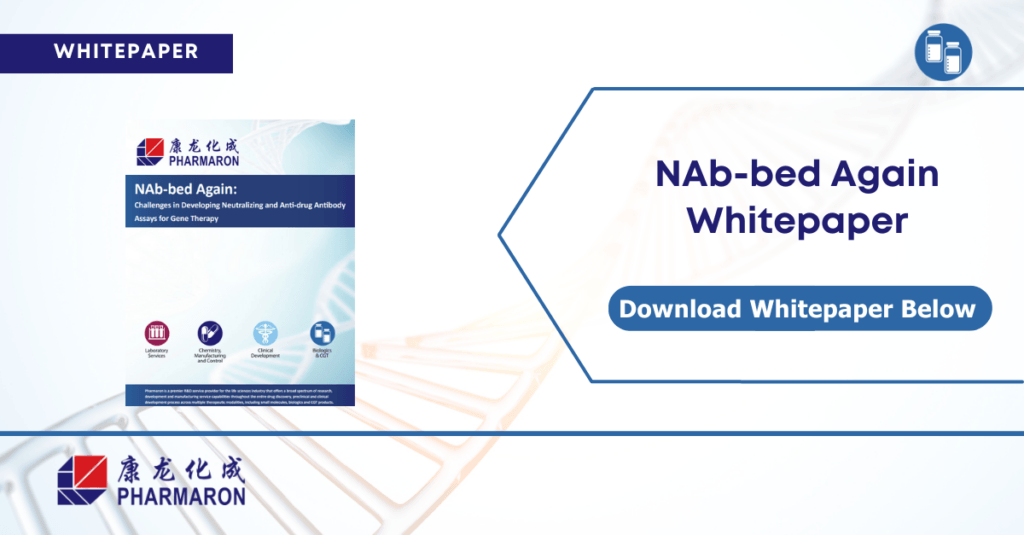
NAb-bed Again Whitepaper
In this whitepaper, we discuss the process of developing and validating tests for detecting ADAs and NAbs. There are numerous challenges in developing ADA tests. Here we share our experience in overcoming these challenges and set out best-practice criteria.
To learn more, please complete the form below to download this whitepaper: NAb-bed Again: Challenges in Developing Neutralizing and Anti-drug Antibody Assays for Gene Therapy